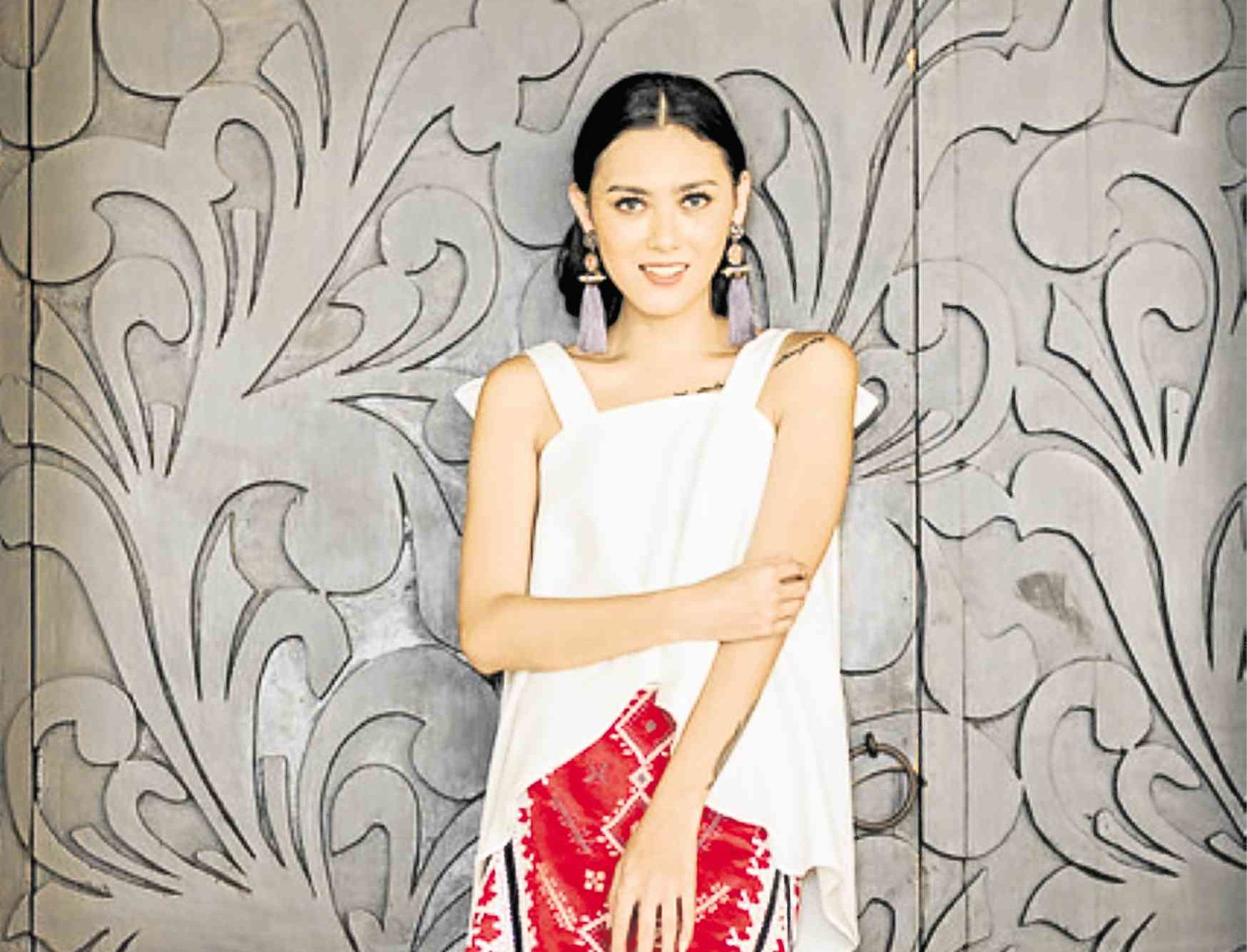
The Kadayawan festival in Davao is a much anticipated event held annually in August. Tourists come for the abundant fruits and colorful street dances, but at Marco Polo Davao this year, it was fashion that was on prominent display.
Wilson Limon, who works with artisans from the different tribes of Davao, showed some of his creations featuring the tribes’ beautiful beading and embroidery. On display and for sale in the luxury hotel’s lobby were separates such as unisex tees, button-down shirts and kimono-style tops—all of them wearable, none of them stiff.
Limon, who considers himself “a creative director, not really a designer,” began working with the Bagobo Tagabawa tribe for his college thesis at the Philippine Women’s College in Davao several years ago.

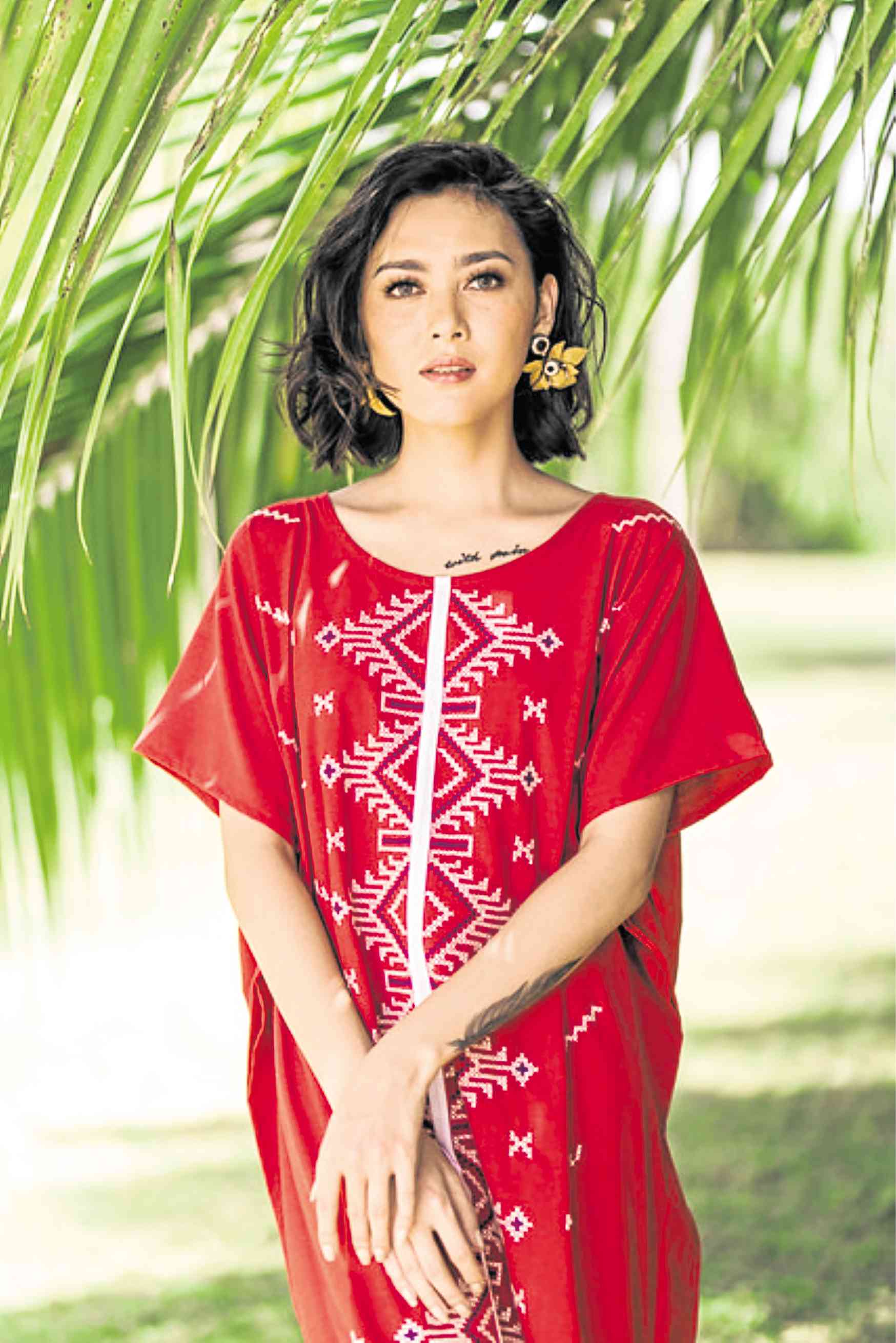
Reinvention
“The topic I chose was reinventing traditional clothing into contemporary design, starting with a plain round-neck T-shirt,” Limon said.
He had seen the tribe’s handiwork in a trade fair at SM Lanang and was immediately drawn to it. He made a T-shirt and asked them to embroider it, suggesting which patterns would look good and where they should be placed on the shirt.
“I didn’t know anything about the tribe even if I’m from Davao. I had zero knowledge,” he said.
What he did have was an eye for fashion. He met the tribe’s leading artisan, Bai Arlyne Salazar, and was amazed at her creations.
He experimented with scanning and digitally printing the tribe’s traditional fabric, inabal. “I basically just tweaked their design.”
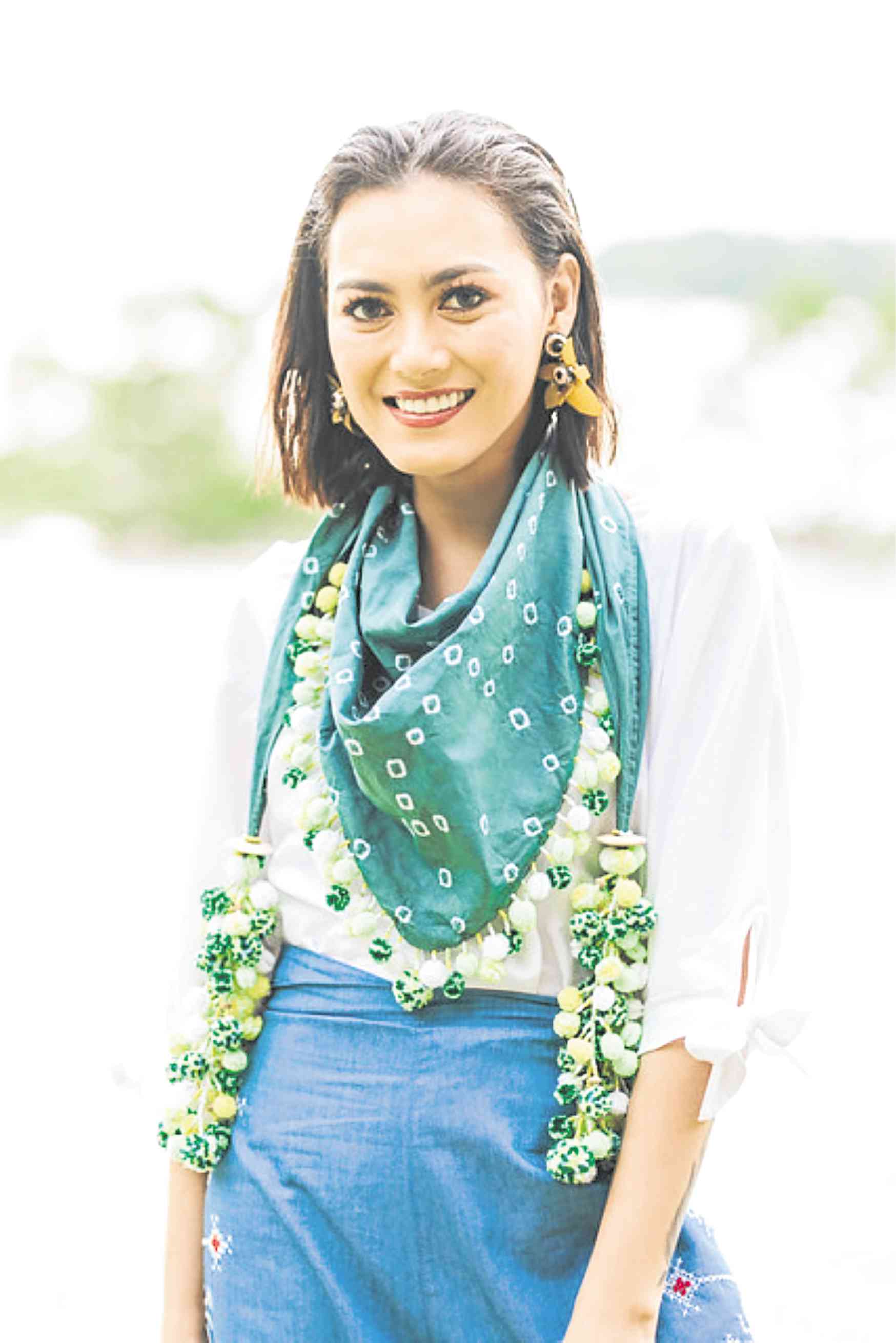
Now he closely works with several tribes, including the B’laan, T’boli and Tagakaolo. The geometric patterns used by the B’laan were inspired by nature, and the human figures depicted in their weaves.
The Tagakaolo are known for using mother of pearl and embroidery in patterns inspired by nature and mythological figures. Cross-stitching, beading and embroidery figure prominently in the traditional fabrics of the T’boli, whose patterns are inspired by flowers, leaves, human figures and the sun.
In 2016, Limon joined Stellar, a Mindanao-wide design competition where he bagged the grand prize. The next year, he tried out for the first Bench Design Awards. Although he didn’t win, the media exposure that followed validated his talent.
Now, he’s hoping that interest in his fledgling business of wearable embroidered separates, including jaunty neck scarves (@ninofranco.ph), will spread beyond Mindanao.
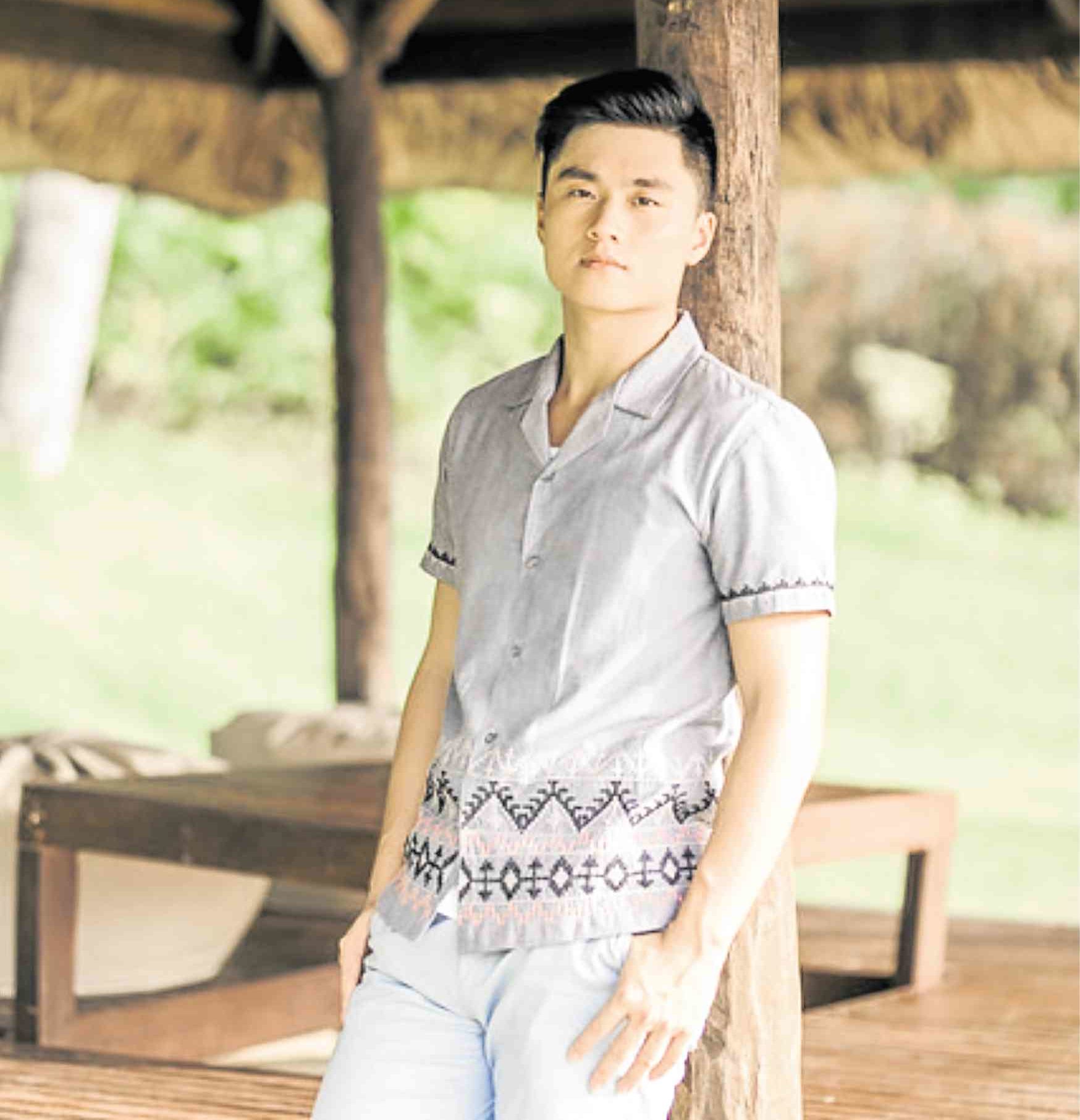
Growing interest
This growing interest in Filipiniana, once considered costumes donned only during the Linggo ng Wika, can be traced to the launch of “Fashionable Filipinas: An Evolution of the Philippine National Dress in Photographs 1860-1960” (Slim’s Legacy Project and Suyen Corp.) three years ago. (Before that, Inquirer Lifestyle’s banner fashion show, “Masters vs Millennials,” challenged generations of Filipino fashion designers to contemporize and interpret the Maria Clara.)
The lushly produced coffee-table book by scenographer Gino Gonzales and Slim’s Fashion & Arts School’s head, Mark Higgins, was phase one of a movement to make the terno once more a viable option for ladies’ formal wear.
The second phase was a series of terno-making seminars conducted nationwide by Gonzales in 2017.
The third phase is the Bench Terno Competition to be held at the Cultural Center of the Philippines (CCP) in November, where participants from different regions will present their designs to an audience dressed in terno or barong Tagalog.
Limon is participating in Manila FAME on Oct. 19-21, where he will display separates under his brand, Niñofranco.
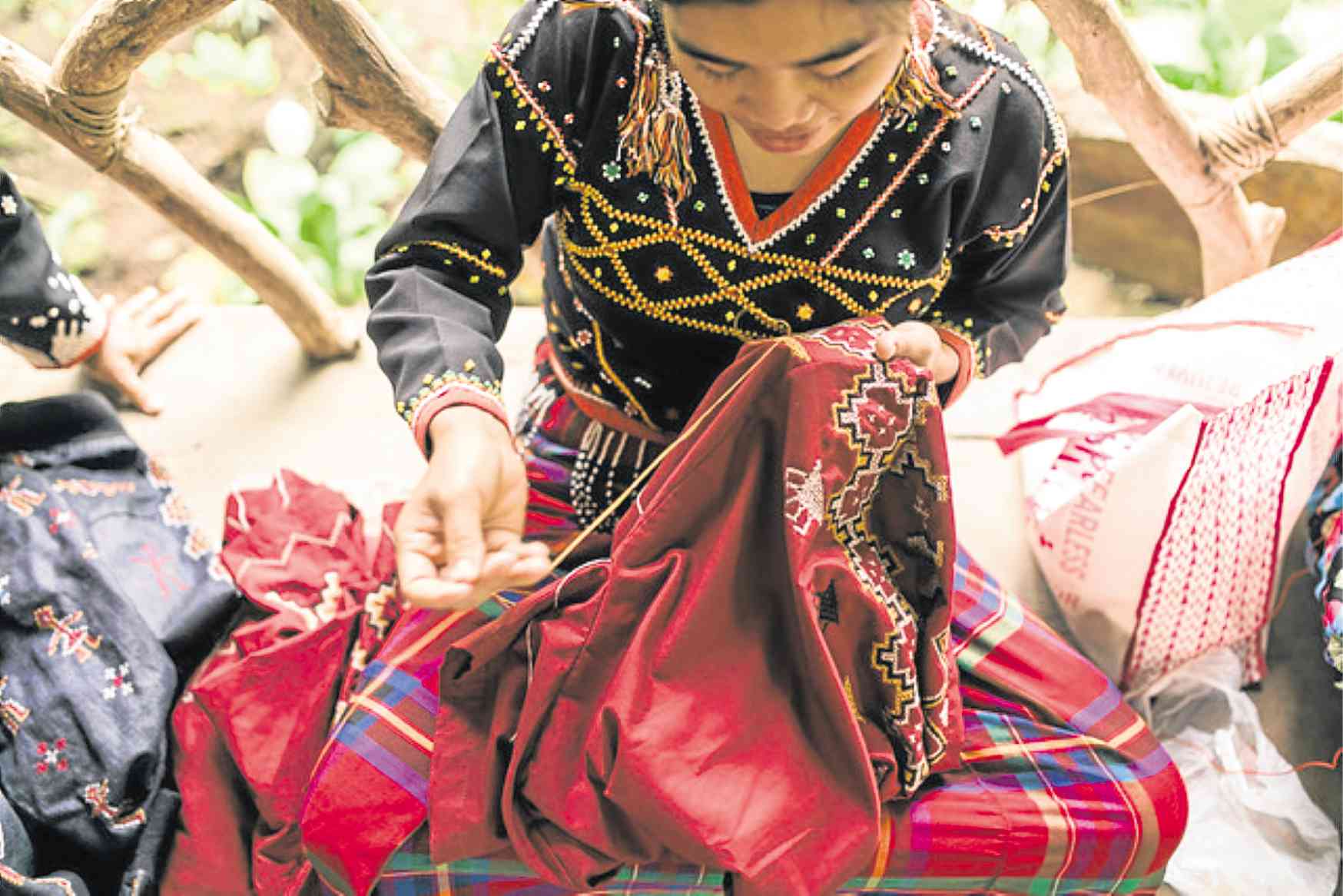
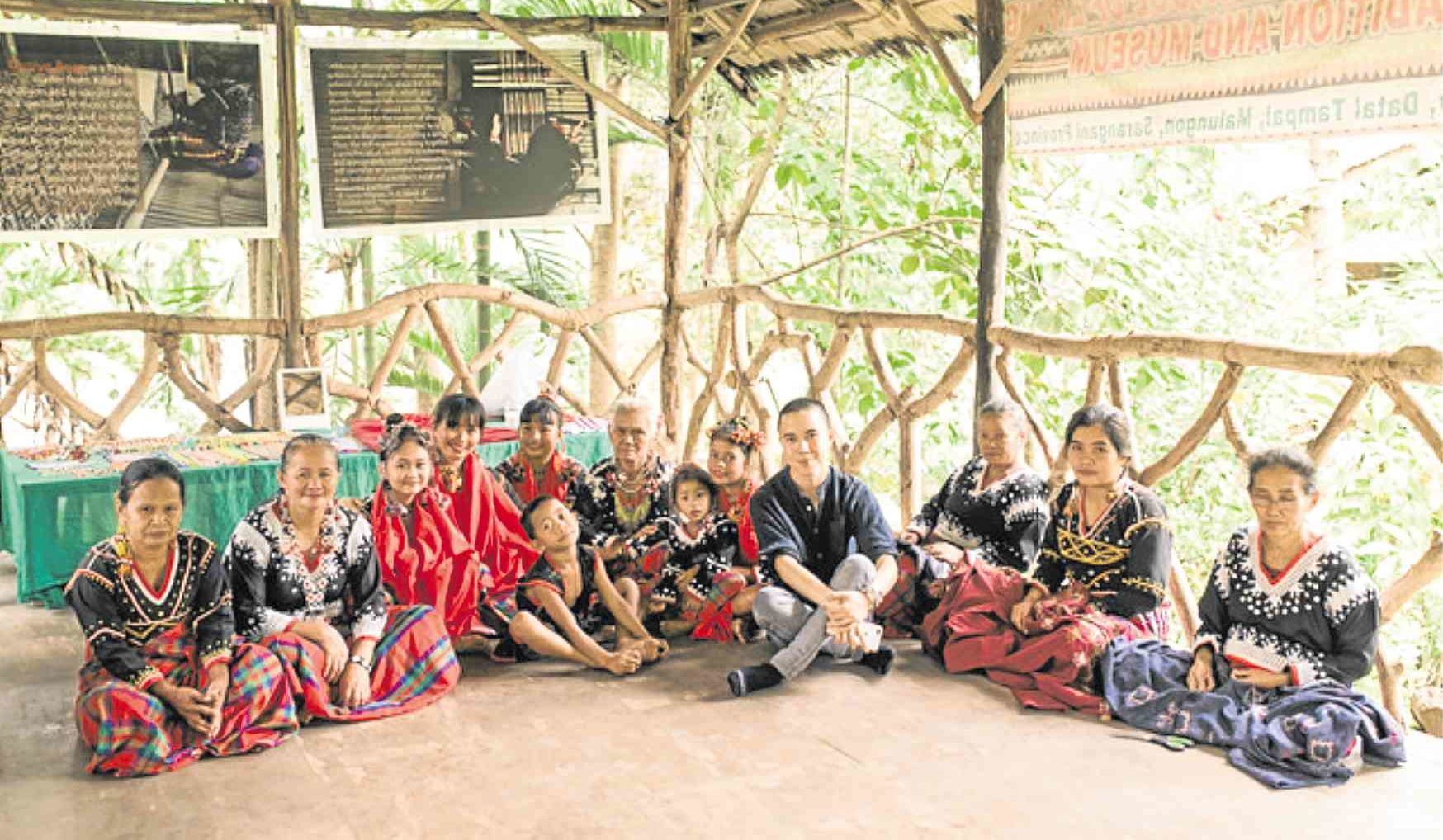
For inquiries, e-mail [email protected] or Viber 09177167671.

